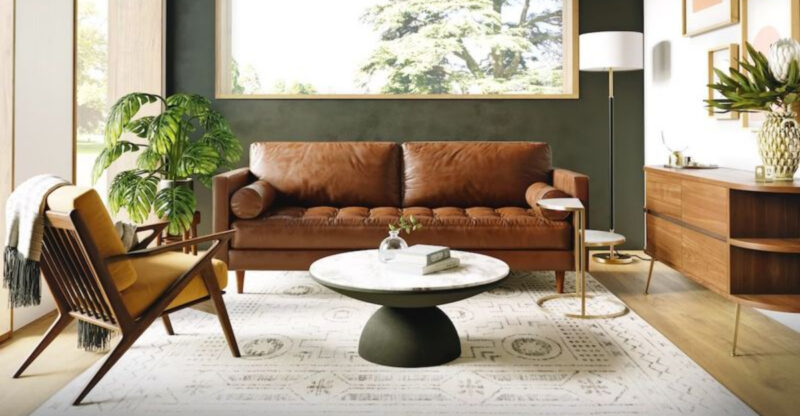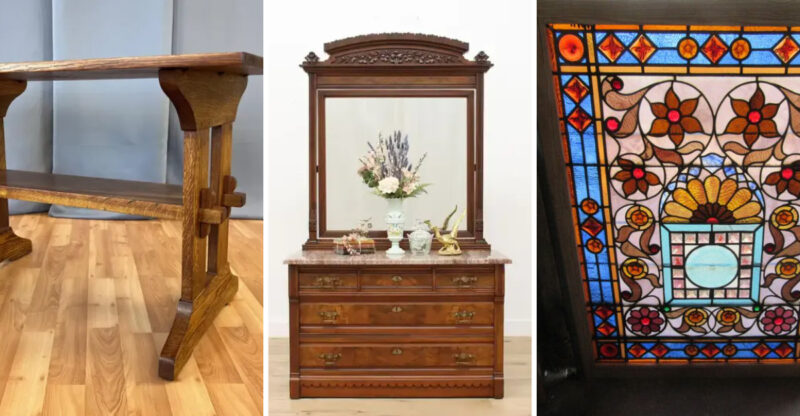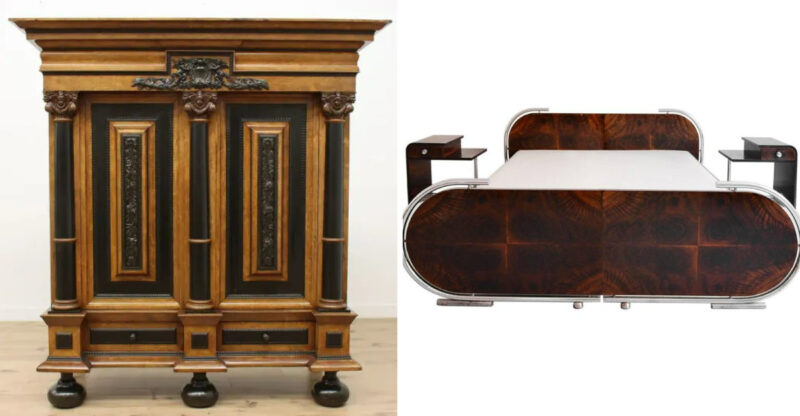9 Vintage And Antique Decor Pieces You Should Avoid Having In Your Home And 9 To Own Instead
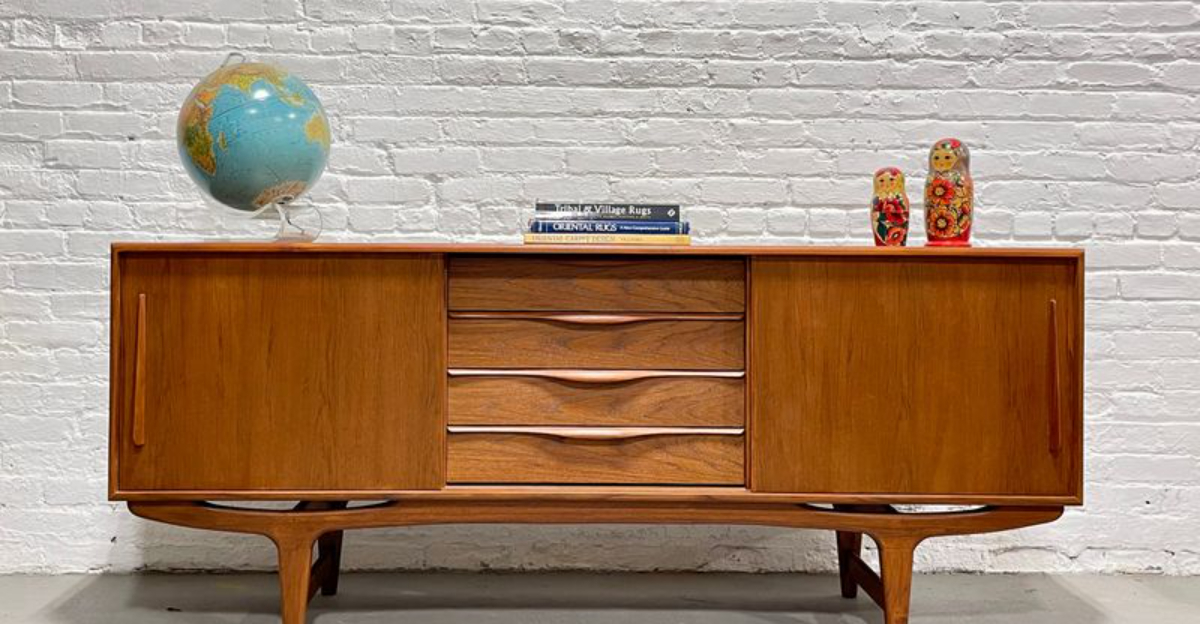
Vintage and antique decor can add character and history to your home, but not all old pieces deserve a place in modern living spaces.
Some outdated items bring charm and value, while others might harbor health hazards or simply clash with contemporary aesthetics. Knowing which treasures to keep and which relics to pass on can transform your space from cluttered to curated.
1. Avoid: Taxidermy Animals
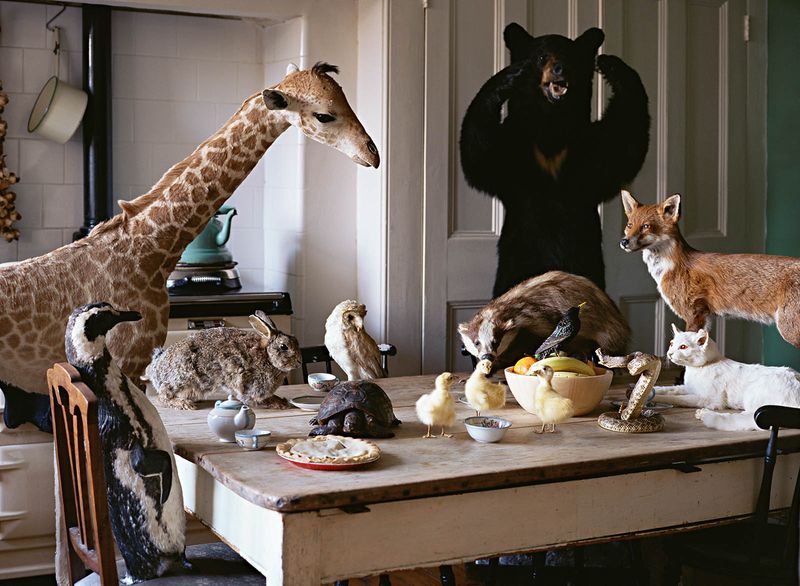
Mounted creatures from bygone eras often contain arsenic and mercury used as preservatives. These chemicals can off-gas for decades, potentially causing health issues.
Taxidermy also tends to gather dust in ways that are nearly impossible to clean thoroughly. Plus, ethical concerns about displaying dead animals have made these conversation pieces increasingly uncomfortable for many guests.
2. Own: Botanical Prints

Framed illustrations of plants and flowers bring natural beauty indoors without the ethical or health concerns. Victorian-era botanical artwork features exquisite details and vibrant colors that have stood the test of time.
These scientific illustrations often include handwritten notes and Latin names, adding intellectual charm. Frame a collection of similar specimens or mix different varieties for an eye-catching gallery wall.
3. Avoid: Lead Crystal Decanters
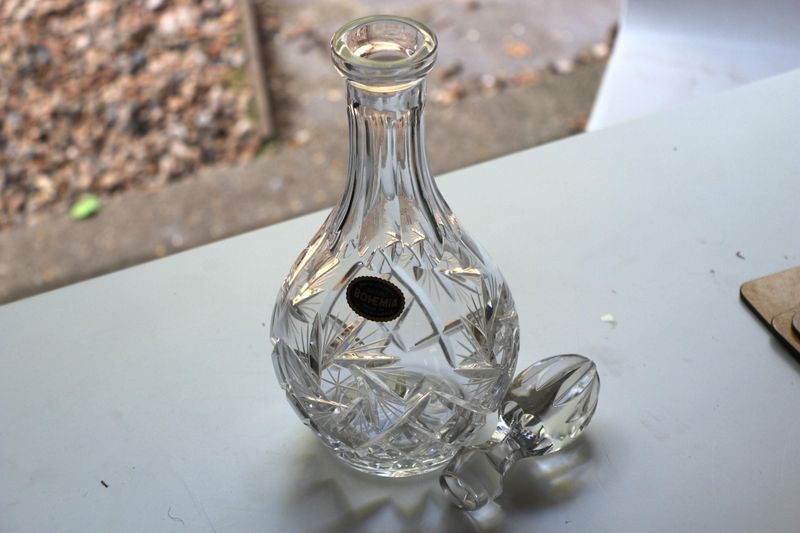
Sparkling on sideboards everywhere during the mid-century, these elegant vessels hide a dangerous secret. Liquid stored in lead crystal gradually absorbs the toxic metal, especially acidic beverages like wine or whiskey.
Even empty decanters release lead dust as they age. While they may look sophisticated, the health risks simply aren’t worth it. Modern alternatives provide the same aesthetic without the dangerous chemical exposure.
4. Own: Art Deco Glassware
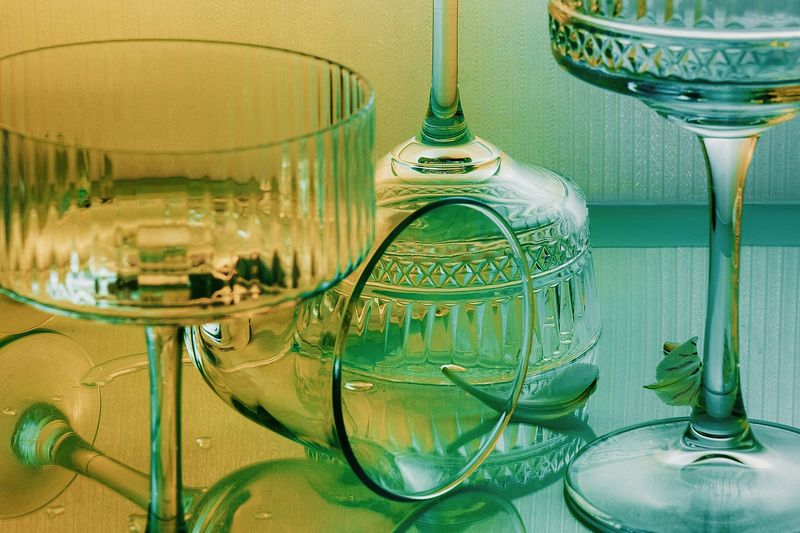
Geometric patterns and bold colors define this stunning style from the 1920s and 30s. Unlike lead crystal, these pieces typically contain no harmful chemicals while still delivering plenty of vintage glamour.
Art Deco glassware combines function with artistic expression. The distinctive designs pair beautifully with modern interiors, creating a bridge between past elegance and contemporary living. Display them on open shelving for maximum impact.
5. Avoid: Vintage Wallpaper
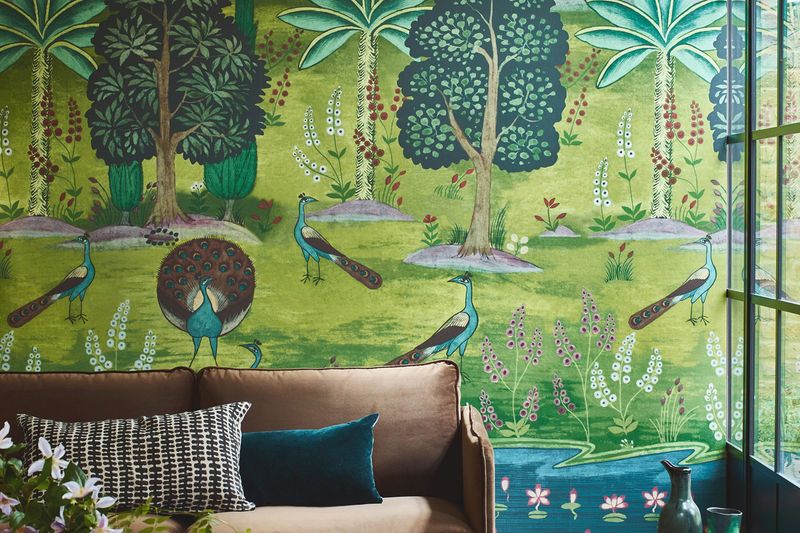
Beneath those charming patterns often lurks a cocktail of hazardous materials. Papers produced before the 1980s frequently contained arsenic, lead, and asbestos fibers that can become airborne when disturbed.
The adhesives used to hang these papers can harbor mold and release formaldehyde. Even intact vintage wallpaper can deteriorate over time, potentially releasing harmful particles into your home environment.
6. Own: Antique Mirrors

Silver-backed glass with patina around the edges adds instant character to any room. The slight clouding and spotting that develops naturally over decades creates a mysterious, romantic quality impossible to replicate in new pieces.
Antique mirrors expand spaces visually while telling stories through their frames. From ornate gilded designs to simple wooden borders, these reflective treasures work in traditional and modern settings alike.
7. Avoid: Vintage Painted Toys
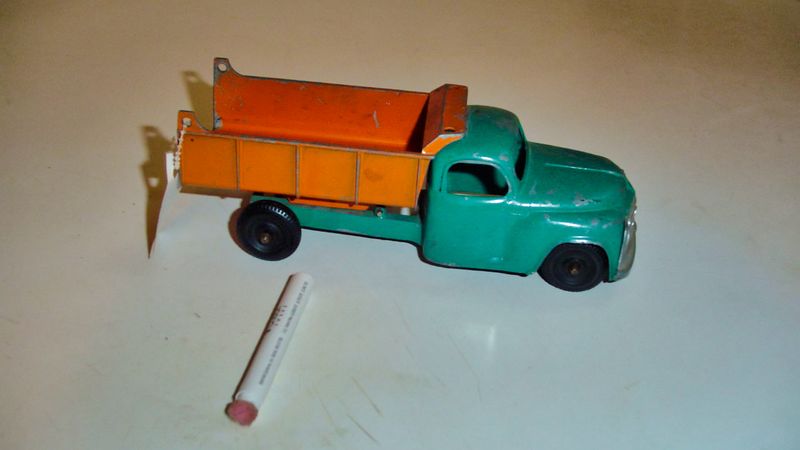
Colorful wooden blocks, pull toys, and children’s furniture made before 1978 often contain dangerous levels of lead paint. When this paint chips or wears down, it creates toxic dust that can be particularly harmful to children.
While these items might trigger nostalgia, they pose serious health risks. Keep vintage toys safely behind glass if you must collect them, but never allow children to handle these potentially dangerous playthings.
8. Own: Vintage Books
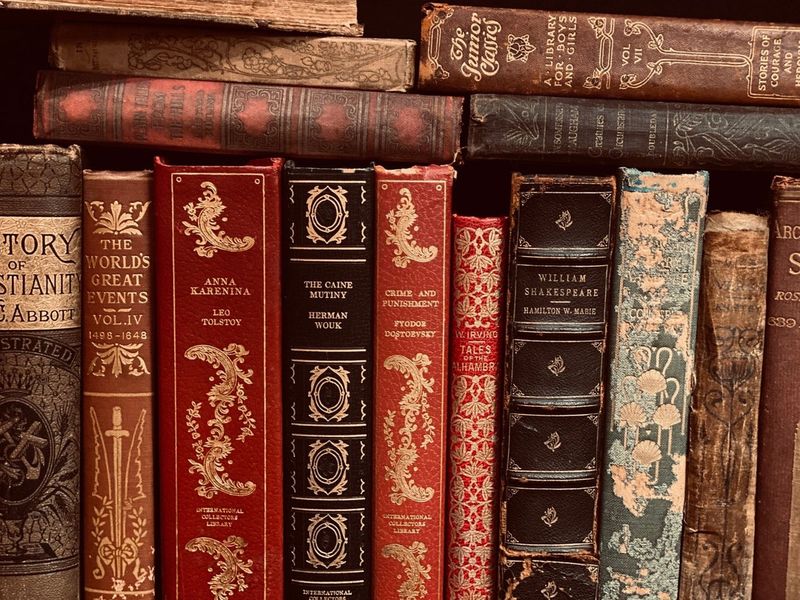
Leather-bound volumes and cloth-covered classics bring warmth and intellectual depth to shelves. The aged paper develops a pleasant vanilla-like scent over time that modern books simply can’t replicate.
Collecting vintage books allows you to own pieces of literary history. Group them by color for visual impact or by subject for conversation starters. Their weathered spines create texture that digital alternatives will never match.
9. Avoid: Old Radios And Electronics
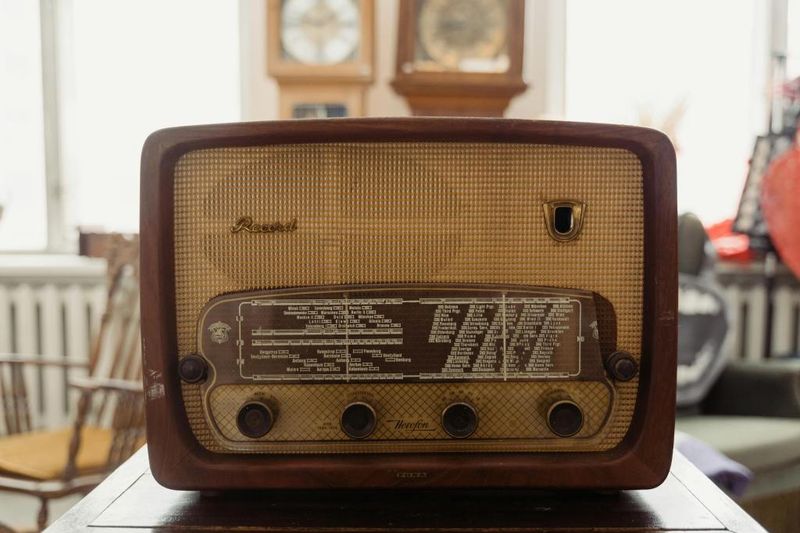
Retro technology might seem charmingly nostalgic, but vintage electronics often contain hazardous components. Old radios, televisions, and appliances frequently house capacitors with PCBs and wiring insulated with asbestos.
These items can leak chemicals or catch fire when plugged in after decades of disuse. The Bakelite casings on many mid-century gadgets can also release formaldehyde as they degrade, contributing to poor indoor air quality.
10. Own: Antique Typewriters
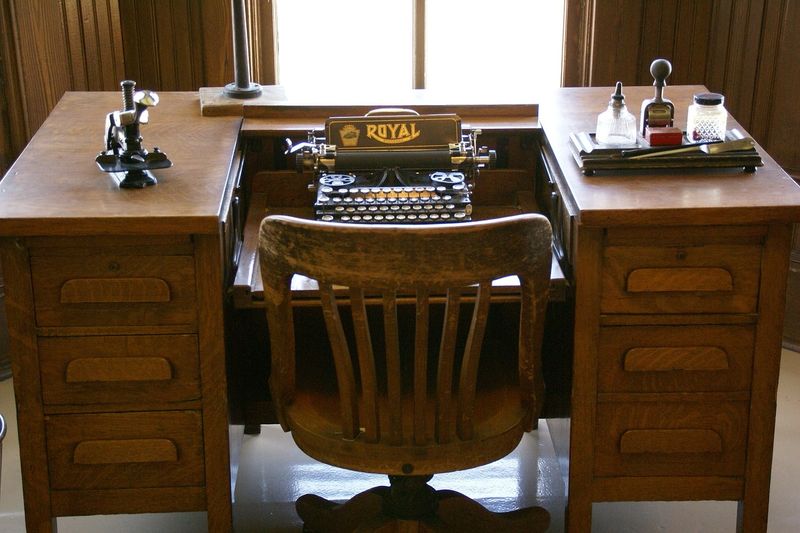
Mechanical marvels with personality and presence, these writing machines make stunning decorative objects. Unlike electronic items, typewriters contain few hazardous materials and don’t require electricity to be appreciated.
The satisfying click-clack of keys and the intricate arrangement of levers create visual interest from every angle. Display one on a desk or bookshelf as a tribute to the tactile writing experience of yesteryear.
11. Avoid: Vintage Upholstered Furniture
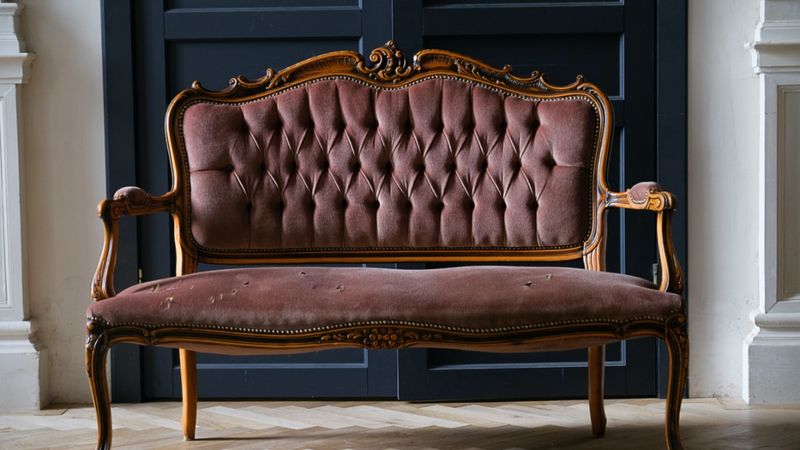
Hidden beneath that beautiful brocade fabric likely lurks a host of unwelcome guests. Older couches and chairs often harbor dust mites, mold spores, and decades of accumulated allergens that are nearly impossible to remove completely.
The foam padding in mid-century pieces frequently contains flame retardants now known to be toxic. Additionally, wooden frames may have been treated with pesticides or preservatives that continue to off-gas for generations.
12. Own: Mid-Century Wooden Furniture
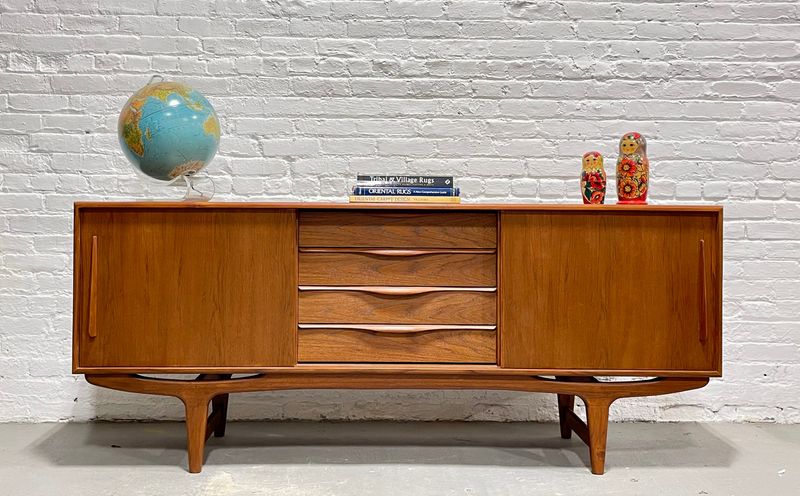
Clean lines and organic forms characterize these timeless pieces from the 1950s and 60s. Made from solid woods like teak, walnut, and rosewood, quality mid-century furniture was built to last generations.
These items have proven their design staying power. The simple silhouettes complement contemporary interiors beautifully, while the warm wood tones add natural texture to spaces dominated by modern materials like glass and metal.
13. Avoid: Vintage Cookware
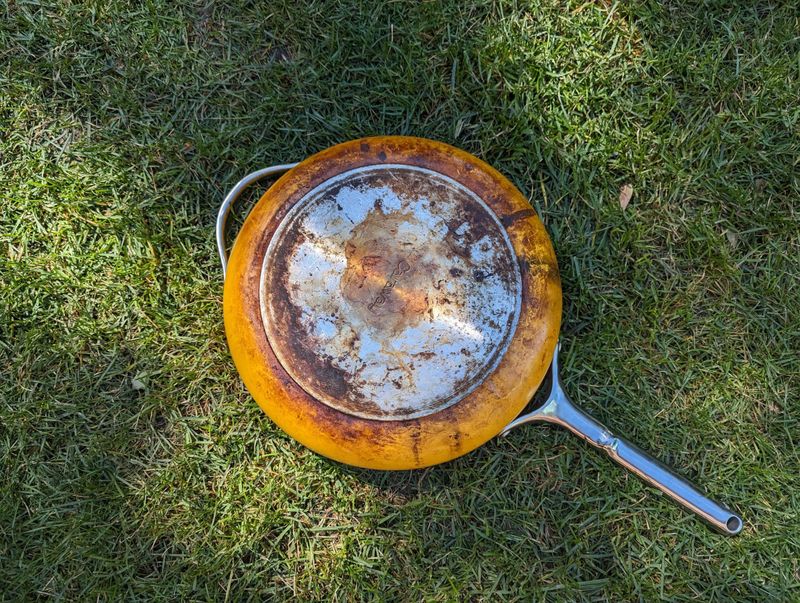
Grandma’s favorite pots might harbor more than just family memories. Older cookware often contains materials now known to be problematic, including lead glazes on ceramic dishes and cadmium in enameled pans.
Aluminum cookware made before the 1970s can leach metals into food. Even beloved cast iron might have been treated with now-banned chemicals. Keep these pieces for display only, not for preparing your family meals.
14. Own: Vintage Cutting Boards
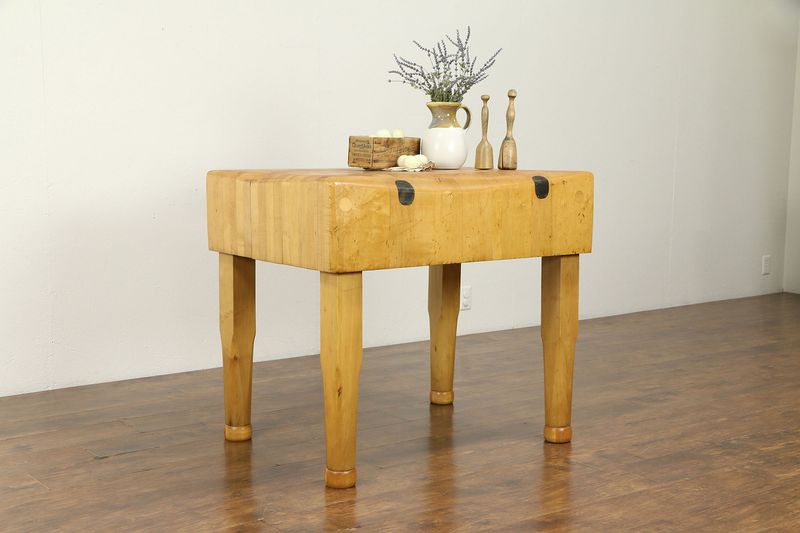
Solid wood boards that have survived decades of use develop character impossible to find in new pieces. Years of gentle washing and oiling create a patina that improves with age, unlike plastic alternatives that quickly become scarred and stained.
Look for thick butcher blocks with beautiful grain patterns. These functional pieces of history make excellent serving platters for cheeses and charcuterie, connecting modern gatherings to culinary traditions of the past.
15. Avoid: Vintage Globes And Maps

While intellectually interesting, outdated geographical representations can spread misinformation. Countries have changed names and borders significantly over the past century, making vintage maps historically inaccurate as educational tools.
Many older globes contain politically incorrect labeling by modern standards. Additionally, the paints used on vintage globes often contained lead and other toxins. Keep these as collector’s items if you must, but not for teaching geography.
16. Own: Vintage Maps As Art
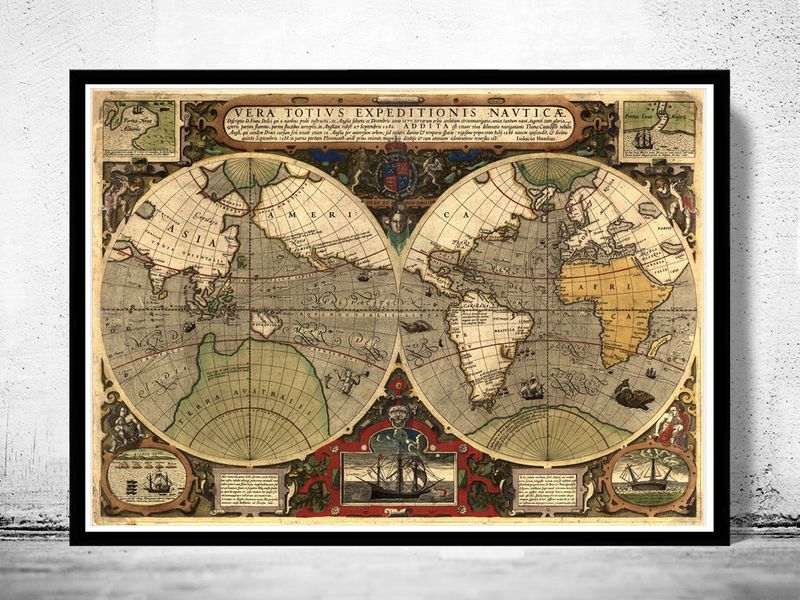
Framed as decorative pieces rather than educational tools, old maps transform into stunning wall art. Their muted colors and hand-drawn details create visual interest impossible to replicate with modern printing techniques.
Choose maps of places with personal significance – your hometown, favorite vacation spot, or family’s country of origin. These geographical treasures tell stories while adding sophisticated texture to your walls.
17. Avoid: Vintage Rugs With Unknown Origins
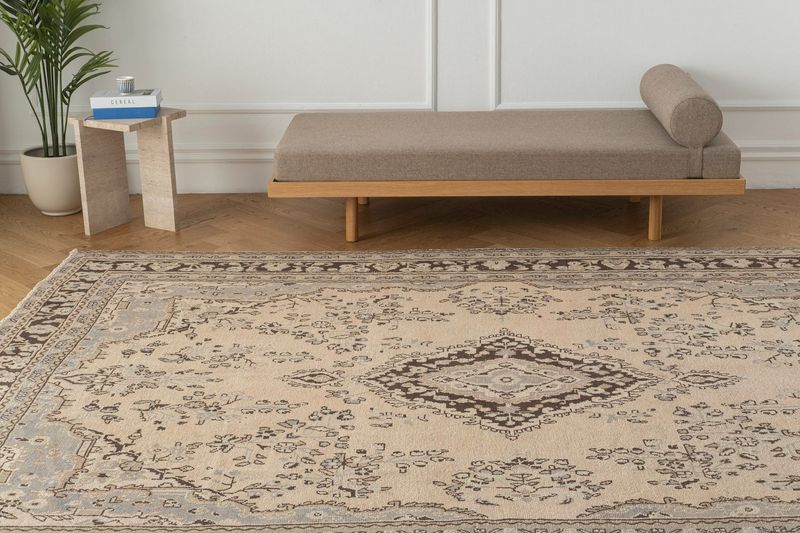
Beautiful floor coverings from mysterious sources might bring more than pattern into your home. Older imported rugs were frequently treated with mothproofing chemicals now known to be hazardous, including DDT and other persistent pesticides.
Undocumented vintage rugs may also harbor mold, dust mites, and accumulated residue from decades of foot traffic. The dyes used in some older carpets contain heavy metals that can deteriorate and become airborne.
18. Own: Vintage Hardwood Furniture
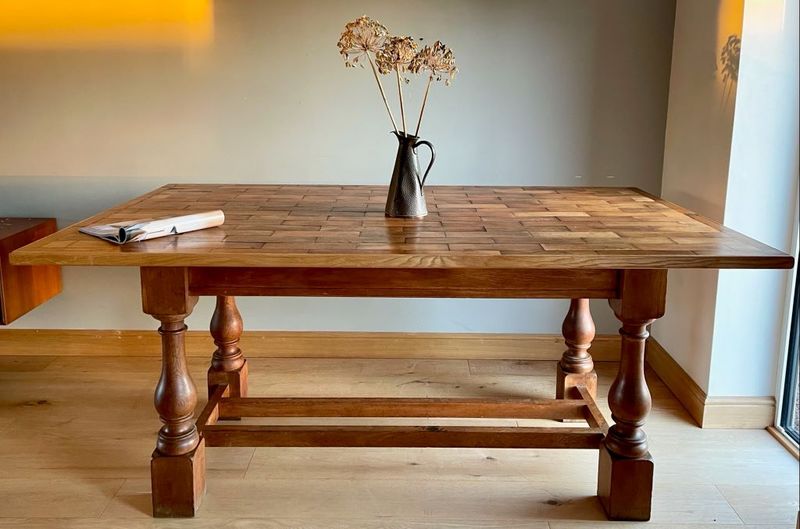
Solid construction techniques and quality materials make antique wooden pieces sustainable investments. Unlike today’s mass-produced items, vintage tables, chairs, and cabinets were built by skilled craftspeople using joinery designed to last centuries.
The rich patina that develops on well-maintained wood cannot be faked. Look for dovetail joints, solid wood construction, and signs of thoughtful repair rather than damage. These heirloom-quality pieces connect your home to craftsmanship traditions.


